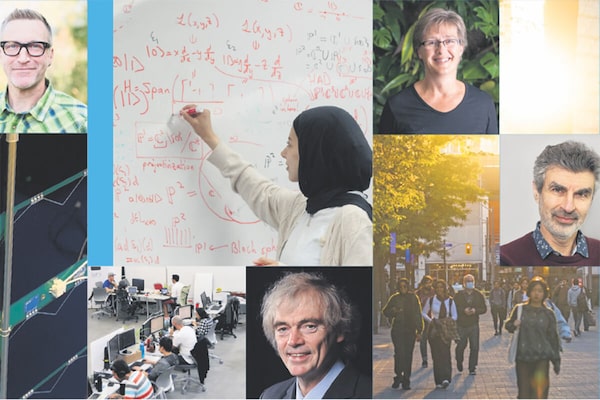
Sustained efforts in building an ecosystem that nurtures research and innovation have resulted in strong outcomes across Canada. For example, many Canadian research and innovation leaders have received international recognition for their work in tackling some of the world’s biggest challenges.SUPPLIED
Innovation – the means of translating ideas into impact – has long been credited with having the power to drive growth and enhance societal outcomes. In a Canadian context, it seems the stubborn question is how to unleash our full innovative potential?
For Paul Davidson, president of Universities Canada, the answer begins with an ecosystem in which innovation is encouraged and where resulting methods, products, services and policies are supported to the point where they can bring benefits for society.
“Rather than a straight pipeline, leading from input to output, innovation is about a whole ecosystem working together,” says Mr. Davidson, who compares innovation to a double helix like our DNA, where two strands – representing fundamental research and application – are intertwined as well as strengthened by connecting bonds.
“Innovation isn’t just the responsibility of universities or government or the private sector,” he says. “Building a culture of innovation requires that we all work together on a shared vision and with a shared a sense of purpose.”
Where universities can play an important role in fostering talent and facilitating research and collaboration, the private sector can provide resources and support commercialization, says Mr. Davidson. And government can create a policy, tax and procurement environment conducive to “advancing both our research and innovation agendas.”
Collaborative efforts – and investments – over the past decades are showing results, he notes. “Because of an attractive environment for talent that was intentionally created over 20 years ago, we were able to draw thought leaders like Yoshua Bengio and Geoffrey Hinton – and we’re now able to harness and harvest the outcomes of these investments.”
Many of Canada’s research and innovation leaders have been recognized with international awards for their efforts to provide answers and solutions to some of the world’s biggest questions and challenges.
There is growing recognition that supporting innovation has to extend beyond science, technology, engineering and math (STEM) fields – and that social scientists make important contributions, and Mr. Davidson gives the example of the coronavirus pandemic. “Research by Dr. Pieter Cullis at UBC in the early 1980s led to the development of mRNA vaccines, which provided an important tool for our medical response. Yet, as one Canadian university president said, ‘if the pandemic was only a biomedical problem, it would have been solved [sooner].’”
Across Canada, universities served both as stabilizers and catalysts during COVID-19: they supported frontline workers, provided PPE and other urgent supplies while, at the same time, working to provide insights into how to address a multitude of far-reaching implications, he explains. “Social challenges resulting from the pandemic required innovation, for example, in areas of social cohesion and trust.
Paul Davidson"Because of an attractive environment for talent that was intentionally created over 20 years ago, we were able to draw thought leaders like Yoshua Bengio and Geoffrey Hinton – and we’re now able to harness and harvest the outcomes of these investments.
President of Universities Canada
“Our country needs this kind of innovation if we want to succeed economically as well as prosper culturally and socially,” he adds.
Despite the many success stories of Canadian innovation, this is no time for complacency, urges Mr. Davidson. “What I’m concerned about is the global competition for talent, which is more intense than ever.”
Many of Canada’s competitors, including the U.S. and the U.K., have sent clear signals – with policies and significant investments – that they consider a strong talent strategy key to economic growth, he says. “Canada can’t simply sit back and expect the world to come. We have to continue investing in people and providing them with opportunities to thrive as part of our economy.”
Efforts to strengthen the talent pipeline – for example, with scholarships, fellowships and work-integrated learning opportunities – can benefit from Canada’s global reputation as a welcoming place with strong commitments to diversity and inclusion, notes Mr. Davidson.
“To unleash our innovation potential, we also have to acknowledge that innovation happens everywhere, including beyond university campuses and outside urban centres,” he says. “It’s not just researchers going into communities, but communities coming to universities with the issues and problems they need help with, and this creates a very dynamic multidirectional flow of information and ideas.”
Just as the discovery of the double helix was informed by the work of researchers in various fields and in different parts of the world, innovation can thrive in a truly collaborative and nurturing environment, Mr. Davidson adds. “[We need] to reach out to civil society, the private sector and government to find ways of working together, so we can achieve something bigger for Canada and beyond.”
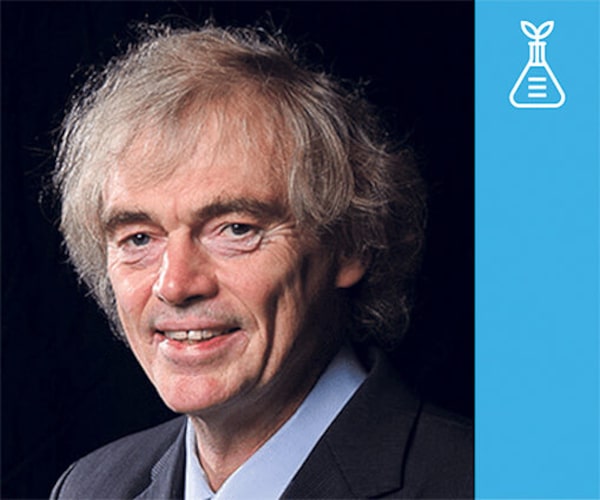
SUPPLIED
International Award Recipient Pieter Cullis
Targeted drug delivery
Pieter Cullis has worked in lipid chemistry and the formation of lipid nanoparticle (LNP) technologies – the foundational technologies for delivering mRNA vaccines into the body – over the past 40 years. New developments in his research aligned with the need for a COVID-19 vaccine, something he describes as “being in the right place at the right time.”
Dr. Cullis and his colleagues collaborate with industry partners, academic institutions and thought leaders to advance and commercialize mRNA therapeutics for a wide variety of diseases. “Opportunities are coming out of it now because we have developed a well-validated process to introduce nucleic-acid-based drugs into target cells in vivo,” he says of the LNP technologies. “The world is really coming to us to develop the many new therapeutics this makes possible because we have this technology in place.”
In 2022, Dr. Cullis received the Gairdner International Award with Katalin Karikó, senior vice president of RNA Protein Replacement Therapies at BioNTech SE and adjunct professor at the University of Pennsylvania, and Drew Weissman, director of the Penn Institute for RNA Innovation at the University of Pennsylvania.
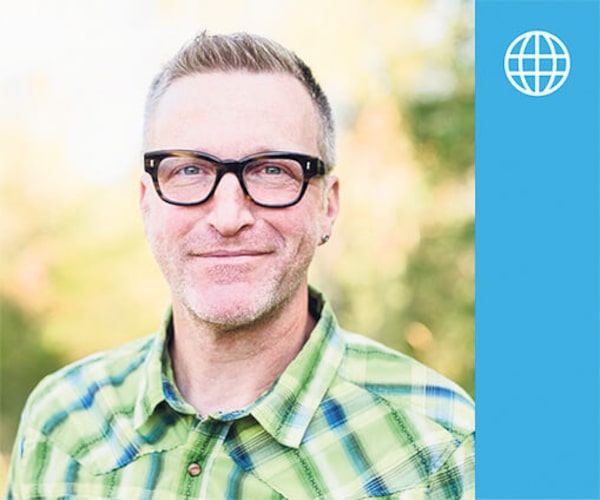
SUPPLIED
International Award Recipient Geoff Mann
Navigating uncertainty
Geoff Mann, professor in Simon Fraser University’s Faculty of Environment, is especially concerned with society’s frustrated attempts – politically, economically, institutionally and culturally – to manage the uncertainty of the moment.
“I’m really interested in what at the broadest level you might call the problem of uncertainty,” he says. “We’re in this moment, especially with the problem of climate change, where the future seems less and less manageable, and the past seems a less and less helpful set of tools to address it – because the future is increasingly unlike anything we’ve experienced before.”
By examining the way economists, policy-makers, scientists and politicians are trying to cope with this uncertainty, Dr. Mann is looking at standard economic approaches to everything from inequality to monetary policy and climate change.
He thinks that much of the “far right reactionary” sentiment is driven by a desire to stop time, to return to a place that was more comfortable for some.
“I’m interested in capitalism, the theory of it, the history of it, the politics, the economics,” says Dr. Mann. “And lately, that has turned to the problem of the relationship between capitalism and climate change and the way that we’re trying to use economic thinking as a way to manage or produce policy to confront the problem of climate change.
“I’m a pretty big critic of the role of some climate economics in that I think it’s actually functioning as a kind of a palliative,” he notes. “It’s making us feel a lot less worried than we should be and suggests to us that we have answers that are actually nowhere near powerful enough to address the problem.”
Dr. Mann won a 2022 Guggenheim Fellowship in support of his work on the politics of climate change.
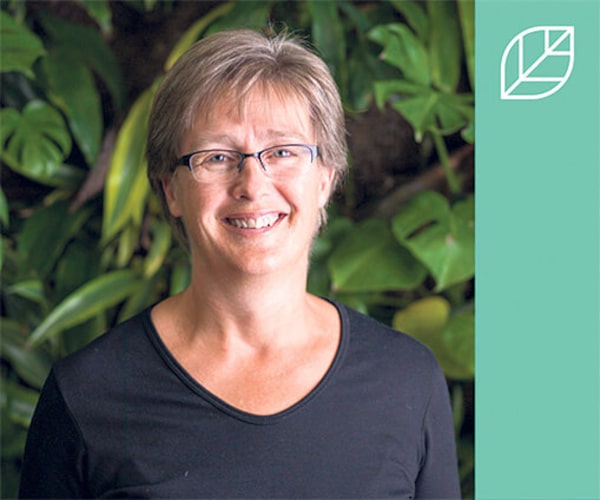
SUPPLIED
International Award Recipient Lenore Fahrig
Landscape fragmentation
Lenore Fahrig, professor of biology at Carleton University, studies the impacts of habitat fragmentation – and the loss of connectivity between remnant patches – on biodiversity. The goal is to address practical questions: Is it better to create one large protected area or many smaller ones? Should we create ecological corridors between protected areas?
“There is a lot of intuitive thought about larger species doing better in a larger block, such as species that do better in the interior of a forest,” she says. “This is a problem because if we assume that small parcels of habitat have low value for biodiversity, we can end up with thousands of small patches that have no protection even though they host a great deal of biodiversity.
“If they are destroyed, the loss to biodiversity is huge,” adds Dr. Fahrig, who developed theory-driven and data-proven ways for effectively reducing the effects of habitat loss by means of connectivity conservation. Beyond showing that small patches of protected land have value, her research is relevant to land-use decisions since landscape structure, which is strongly affected by human activities, has significant impact on abundance, distribution and persistence of organisms.
Dr. Fahrig won the BBVA Frontiers of Knowledge Award in 2022 together with ecologists Simon Levin and Steward Pickett.
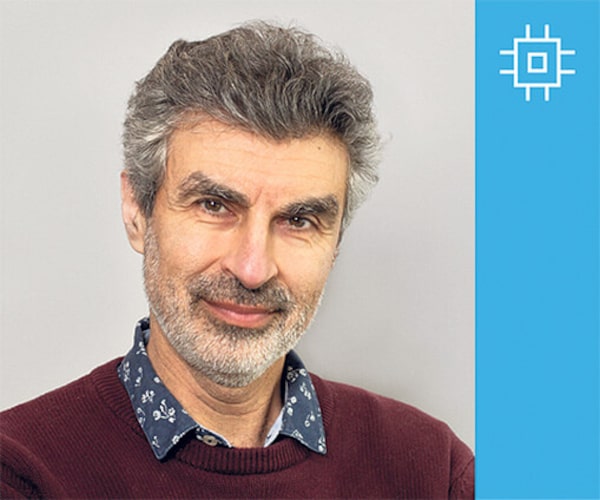
SUPPLIED
International Award Recipient Yoshua Bengio
Deep learning
By using neural networks for voice recognition, computer vision and language processing, deep learning has accomplished astounding feats: it beat world champions at the most intellectual games and achieved a breakthrough in biology by learning how to predict protein structure from their sequence. While deep learning aims to mimic the functioning of the human brain, using algorithms to convert the biological process of learning into mathematical formulae that computers can implement, Yoshua Bengio believes that “if we look at the current state of the art in AI, there is still, in my opinion, a big gap.”
Current deep learning is really good at doing things that humans do unconsciously, the Université de Montréal professor explains, but when it comes to the conscious thinking guiding our actions, there’s a kind of computation going on in our brains that scientists don’t yet fully understand.
“It’s a gap that will not be filled by simply doing more engineering and having larger models, doing more computation and so on; there are some principles missing,” says Dr. Bengio. “We have a lot of information, a lot of clues about the brain that have inspired deep learning, but in order to propel the next generation of AI systems, we should also incorporate these other attributes of human intelligence, of higher-level cognition.”
Along with colleagues Geoff Hinton (University of Toronto), Yann LeCun (New York University) and Demis Hassabis (DeepMind), Dr. Bengio is the 2022 winner of the Princess of Asturias Award for Technical and Scientific Research. He is also the founder and scientific director of Mila, the Quebec AI institute, the scientific director of IVADO, an AI research and transfer institute, and he co-directs the CIFAR Learning in Machines & Brains program.

SUPPLIED
International Award Recipient Victoria Kaspi
Fast radio bursts
McGill University professor Victoria Kaspi recently turned her attention to fast radio bursts (FRBs), which come from far outside our galaxy. She leads the CHIME Fast Radio Burst Project, which uses the CHIME telescope and has discovered more FRBs than all other radio telescopes combined. FRBs, transient radio pulses varying in length from a fraction of a millisecond to three seconds, are caused by an astrophysical process not yet understood, yet they are thought to release as much energy in a millisecond as the Sun emits over three days.
Dr. Kaspi, director of the McGill Space Institute, is credited with helping position Canada as a world leader in astrophysics. Her work on magnetars – highly magnetized, young neutron stars that suffer large X-ray and gamma-ray explosions – earned her the 2022 Albert Einstein World Award of Science. “They’re very dramatic, very interesting objects,” Dr. Kaspi says of the magnetars. “I studied them for at least 15 years.”
To Dr. Kaspi, the award represents an acknowledgement of the contribution of Canada’s research community. “Having these recognitions does bring many tangible benefits to my research program and I think, by extension, to Canada’s research profile overall,” she says.
Advertising feature produced by Randall Anthony Communications. The Globe’s editorial department was not involved.